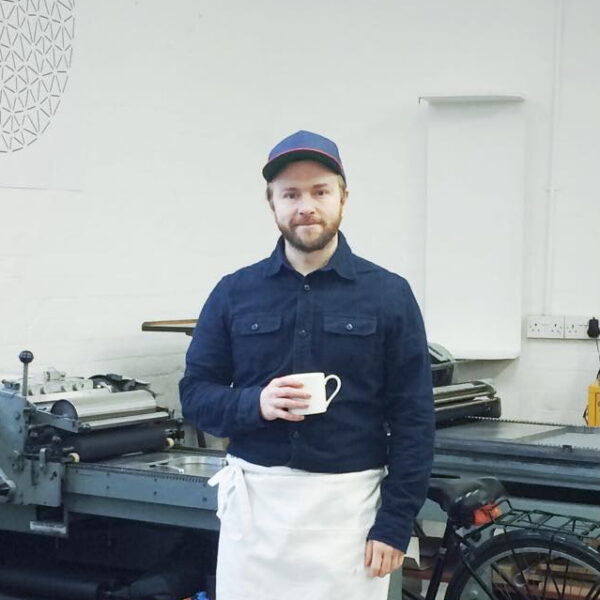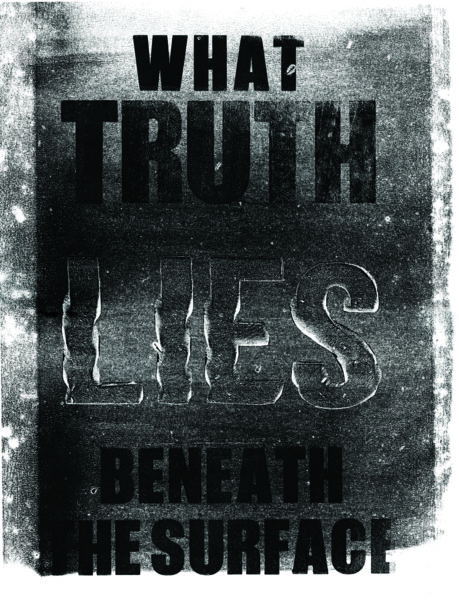
Mark Pavey veteran
Dead Methods
Blending ideas and techniques from around the world.
How long have you been printing?
2008
Describe your first encounter with letterpress
My first hands on experience with letterpress was at the University of Brighton, where I studied my degree, which connected the physical objects and the process of printing with the designs I’d seen in books before that.
Where did you learn?
My time printing at university was quite limited but I still managed to make a few projects that were pivotal to my later process, including hand cutting a whole set of custom letters. I would say my real period of learning occurred when I was able to spend 2 years organising the type collection of a local art dealer. This was a period of largely self directed experiential learning, printing on an Albion press and making connections between the process and the resulting images. After this time I sought out other printers to learn from them face to face and fill in the gaps in my knowledge. This started with a 3 month trip around the USA in 2011, learning how to print and make type at the Hamilton Type Museum, Yee-Haw Industries and Hatch Show print. After this I have always done my best to expand my knowledge of the history, process and techniques relating to printing, whether through hands on experimentation or through discussions with my peers
Who was your most influential teacher?
Hard to say exactly as I would say it’s a mixture of a lot of smaller conversations that illuminated something important in my own process. A chat with Brad Vetter while at Hatch Show print is something I often think about – we were discussing the inclusion of marks/dings/dents and imperfections in a print run, something that I love about the process but Brad emphasised the need to keep these imperfections consistent across a whole print run, otherwise they are just mistakes. Next it would be talking to and observing the work of LPW member Thomas Gravemaker, who has taught me various unexpected ways to lock up type that I have never read about.
Do you prefer to work alone or with others?
Printmaking is a meditative process for me – something I can spend time exercising lots of different creative parts of my brain. Working together at LPW was initially a scary prospect but I learnt quickly to enjoy blending ideas and techniques with those from around the world.
When do your best ideas occur to you?
I used to be a framer and the act of measuring/cutting and assembling frames for amazing creative artwork was a perfect combination – I find doing something repetitive and mechanical can help my mind wander and unlock unexpected creative pathways.
If you were to die and come back as a typeface, which would it be?
Futura Black
What tool do you use more often than any other?
A scalpel.
If you could study with any printer throughout history, who would it be?
Not a printer per se but I would love to observe Art Chantry in his studio.
If you have your own shop, what equipment do you own?
For 14+ years I’ve been an iterant printer – creating work in other printspaces but during that time I have accumulated my own collection of presses and type which I am putting together into my own print space, including a Stephenson Blake galley press as well as a lightweight Commor galley press that I am able to take on the road with me for workshops
If you could change one thing about your shop, what would it be?
More dogs.
When and where are you the happiest?
Letterpress Workers
What’s your day job?
I split my time between my own freelance Visual Communication practice, where I create websites, books and illustrations, and with my teaching job as the course leader of MA Illustration Online at AUB.
Do you use any other techniques or media besides letterpress?
Collage is the physical presentation of how my brain works and I feel like it is a form of therapy when I get to make work that way.


